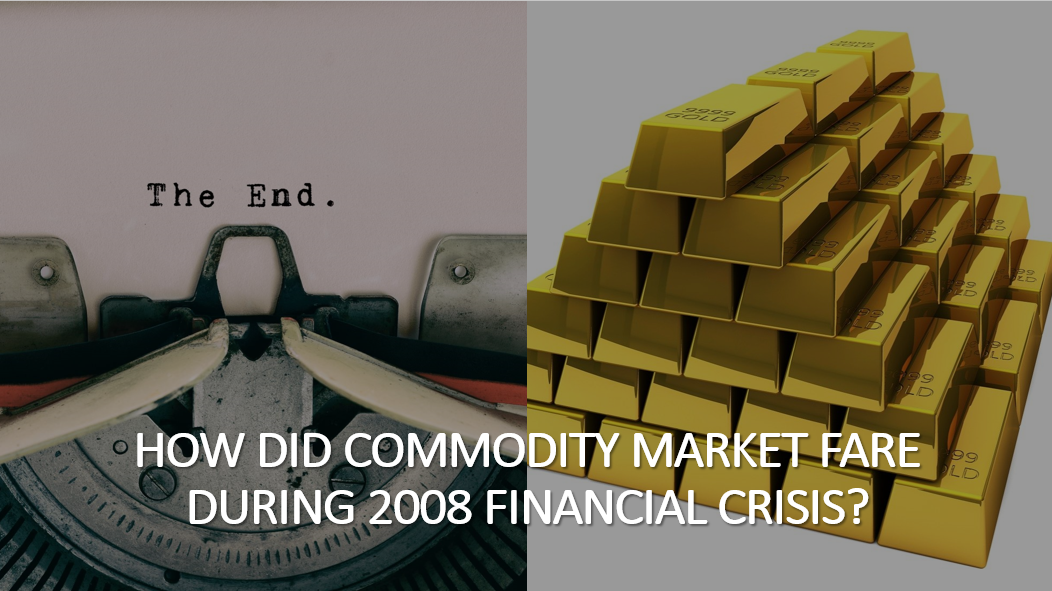The 2008 financial crisis sent shockwaves throughout the global economy, leaving no stone unturned – not even for the commodity markets. The commodity market went through a period of intense volatility while investors braced for the worst, with prices reaching record highs before tumbling to new lows.
- Crude: The price of crude oil, which is one of the most essential commodities to any economy, soared to an all-time high of $147 per barrel in July 2008 as investors were gripped by concerns about inflation and the state of the financial markets. Yet as the crisis worsened and oil demand declined, the price plunged to about $40 per barrel by December of that year, sending the sector into meltdown.
- Silver and other precious metals saw an initial rise in price as investors flocked to safe-haven investments during the crisis. Yet when the economy slowed, there was less of a demand for these metals, which resulted in lower pricing.
- Agriculture products like corn and wheat were also affected during the crisis. Prices first increased as supply disruption worries and concerns about food security spread. Yet, the prices for agricultural commodities decreased as a result of a decline in general demand for goods and services.
- The use of industrial metals like copper and aluminium, on which the manufacturing and construction industries significantly rely, also took serious damage. Prices for these metals plunged significantly as a result of decreased demand in these sectors.
In conclusion, the 2008 financial crisis significantly impacted commodity prices, with various industries experiencing differing levels of volatility and price swings. Investors and business leaders were left hanging on for dear life as they tried to navigate the choppy seas of the post-crisis landscape.

